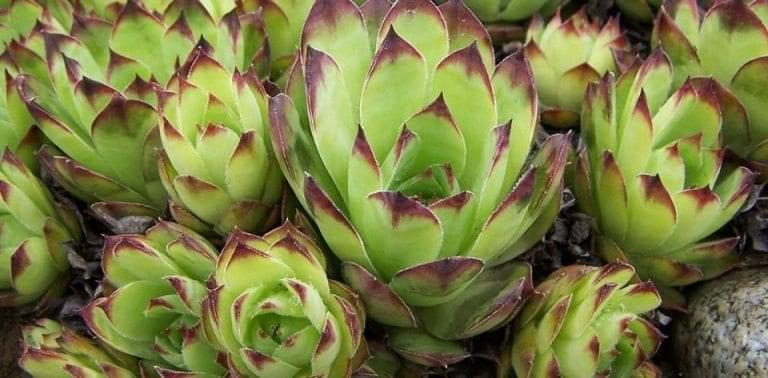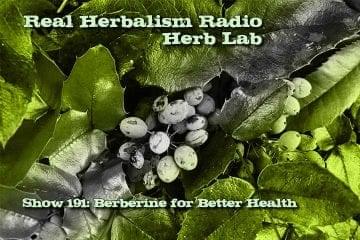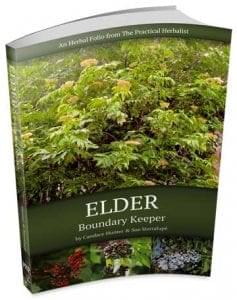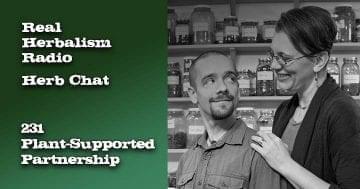I’ve always been a firm believer in doing things the simplest way possible. The money in my pocket took work to get there, and it doesn’t make sense to me to waste it. I take pride in finding the easiest and most effective path on my chosen journey of natural living. I’ve found a few tips and tricks along the way. I’m happy to share them with you here to ease your burden as they have eased mine. The Shoestring Herbalist is dedicated to affordable living The Practical Herbalist way…Enjoy!
Tonight as I hung the curtain lace on the clothesline, a little bag of cheesecloth fell to the ground. I had been looking for it when I took the laundry out of the washer. It had gotten rolled up in a curtain during the spin cycle. It was my fabric conditioner.
I shook it to free the tangled cloth and untied the ribbon that held the pouch closed. A few weathered spikes of Hen and Chicks lay coiled, exhausted in the center. Their job was done.
Hen and Chicks are popular as a drought tolerant ground cover. It has many names: Hen and Widdies, Common Houseleeks, Old Man and Woman or simply Semps. The latter name is a short version of its botanical name: Sempervivum tectorum. This plant has earned these names by being durable. It can perverse with all kinds of neglect. As a succulent, it survives drought and varied light conditions. It is growable in zones 3 to 11. You have to admire its flexibility.
Because it has a shallow root system and thrives in situations that most plants could not tolerate, it is often chosen a plant for roof gardens and porch plantings. It can go the whole summer without water. In fact, watering in the summer will cause the older leaves to rot and fall off.
I grow it in pots on my porch and beside my fish pond. Raccoons knock it over but it just waits patiently to be righted. It doesn’t seem fazed by its rough and tumble lifestyle. In fact, it prospers.
When I wash my delicate fabrics, like the curtain lace, I throw a few Hen and Chick leaves in a square of cheesecloth and tie it into a bundle. I toss the package into the washer with the curtains and the regular laundry soap. The gel in the succulent leaves of Hen and Chicks serve as a fabric conditioner. It takes good care of the lace.
On the clothesline, the wind catches the curtains and lifts them like sails. The lace brushes against my face. It is soft to the touch.
I walk the spent Hen and Chicks leaves over to the compost pile and toss them into the center. My backyard chickens scurry over thinking that I have shared an edible treat. They scratch around for a minute or two but leave in disappointment. They don’t appreciate, as I do, what a treasure this modest little plant is.






